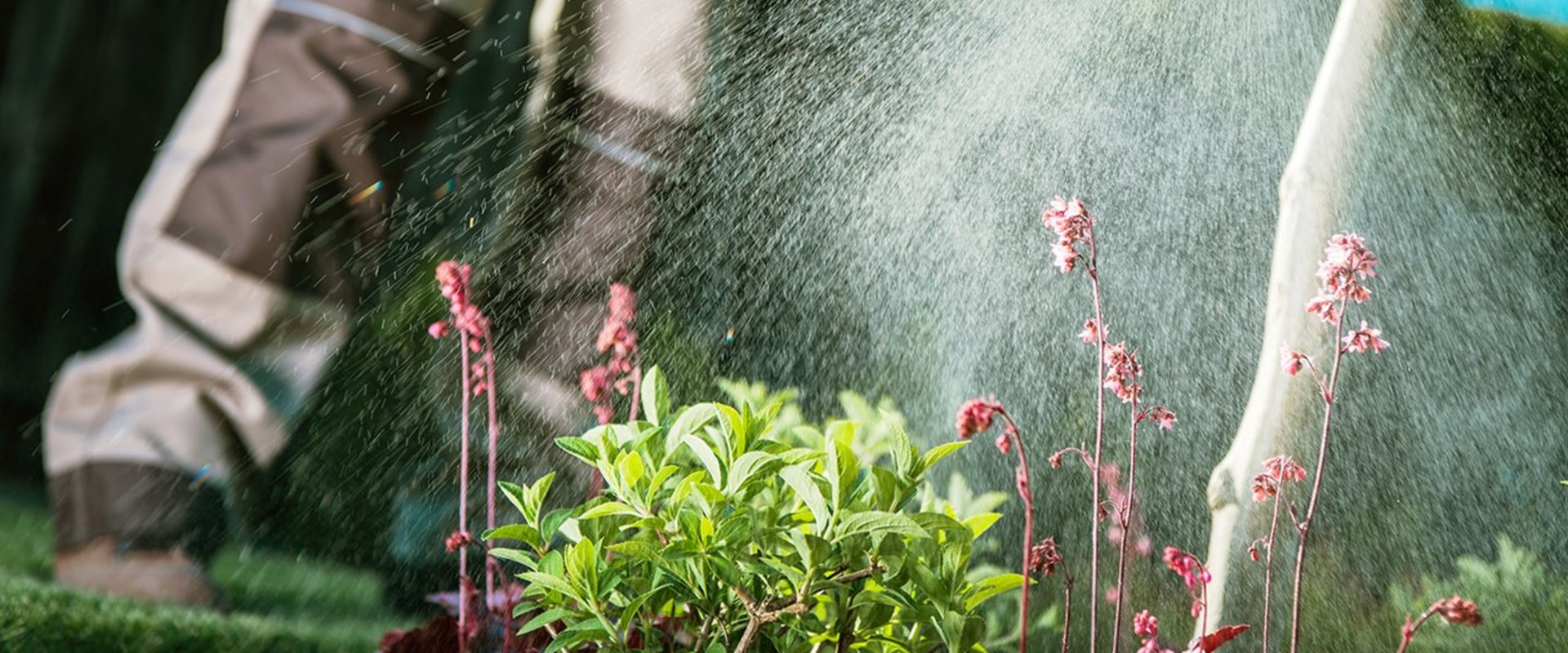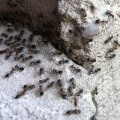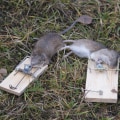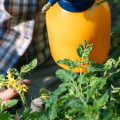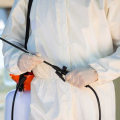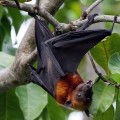Lawn pesticides, when used as directed, are formulated to target specific pests and reduce harm to the environment and humans. However, overuse or incorrect application can lead to unintended consequences and potential health risks. Always read and follow label instructions carefully. If pest problems persist or if you're dealing with larger nuisances, such as infestations, considering professional solutions like rodent control can be a more effective and safer option. It's essential to ensure that any treatment used, whether DIY or professional, is safe for the lawn's ecosystem and the household.
Pesticides used in the control of weeds, insects, etc. These chemicals have been created to kill pests and most are broad-spectrum biocides. This means they are poisonous to a wide variety of living organisms, including garden plants, wildlife, pets, your neighbors, your family, and you. Inert ingredients, which can comprise 50 to 99% of a pesticide formula, can actually be more toxic than active ingredients.
EPA Does Not Claim It Will Protect Us From Harmful Pesticides. In fact, it is a violation of federal law to label any pesticide as “safe”, “harmless” or “non-toxic” to humans or pets. US Congress says 90% of pesticides currently used lack health and safety testing required for registration, but are still sold and used. Of the most commonly used products on lawns, most lack the health and safety data required for registration.
Pesticides and fertilizers can and do leak into private and public wells and water supplies. Unfortunately, there is currently no program to monitor drinking water for this type of contamination. Many of the most commonly used lawn care chemicals have been detected in groundwater (for example,. Natural landscape maintenance programs can achieve a healthy and pest-free landscape using the latest scientific advances in organic agriculture and horticulture.
For example, corn gluten is a pre-emergent natural herbicide and fertilizer now available to homeowners. The lawn can be enriched naturally by a fine spread of fertilizer in spring and autumn. In addition, natural lawn care practices will lead to a healthy and vigorous lawn that resists pests and diseases. There are only 8 steps you need to follow to get a toxic-free lawn you can be proud of, check out 8 steps to a toxic-free lawn.
If all else fails, you can always hire a safe lawn care company and learn about the least toxic products that will provide a safe lawn for you, your neighbors and your family. During lawn care in summer, pests are out in full force and you may not know how to control them. Many people use these chemicals on lawns and in the house where children and pets play, and some municipalities spray malathion from airplanes with blankets to control pests such as gypsy moths or mosquitoes. On the one hand, it is a minority of lawn owners who hire lawn care companies or add fertilizers or pesticides to their lawns.
It is once again in early spring, when some homeowners begin to obsess over their lawn and apply pounds of toxic chemicals in their search for a lawn that looks like a lush green carpet. The public plays an extremely important role in lawn pesticide reform, not only in the way they perceive the use of toxic pesticides in homes and communities, but also in the way they demand safe alternatives from retailers, organic services from lawn care providers and better protection against pesticide exposure. of local policymakers. Members of the National Coalition for Pesticide-Free Lawn are working to stop senseless exposure to lawn pesticides and to educate the public, landscape designers and policy makers on the use of non-toxic and less toxic lawn care practices and products.
If you feel reluctant or afraid to use lawn chemicals, consider allowing your lawn to grow without the use of chemicals. Either way, it's very easy to find a packaged solution - lawn care chemicals that are very effective in removing weeds and helping to create a beautiful lawn. To be absolutely sure that the lawn is devoid of fertilizer residues, you can wait up to 48 hours after fertilizer application for pets and children to walk on the lawn. Instead, take an organic approach to lawn care or a less toxic approach where pesticides are avoided and the diversity of what grows on your lawn is accepted as good.
Second, avoid lawns with flags that mark pesticide applications and stay away from treated grass for at least a few days, ideally until after a rain or watering treated grass. . .
